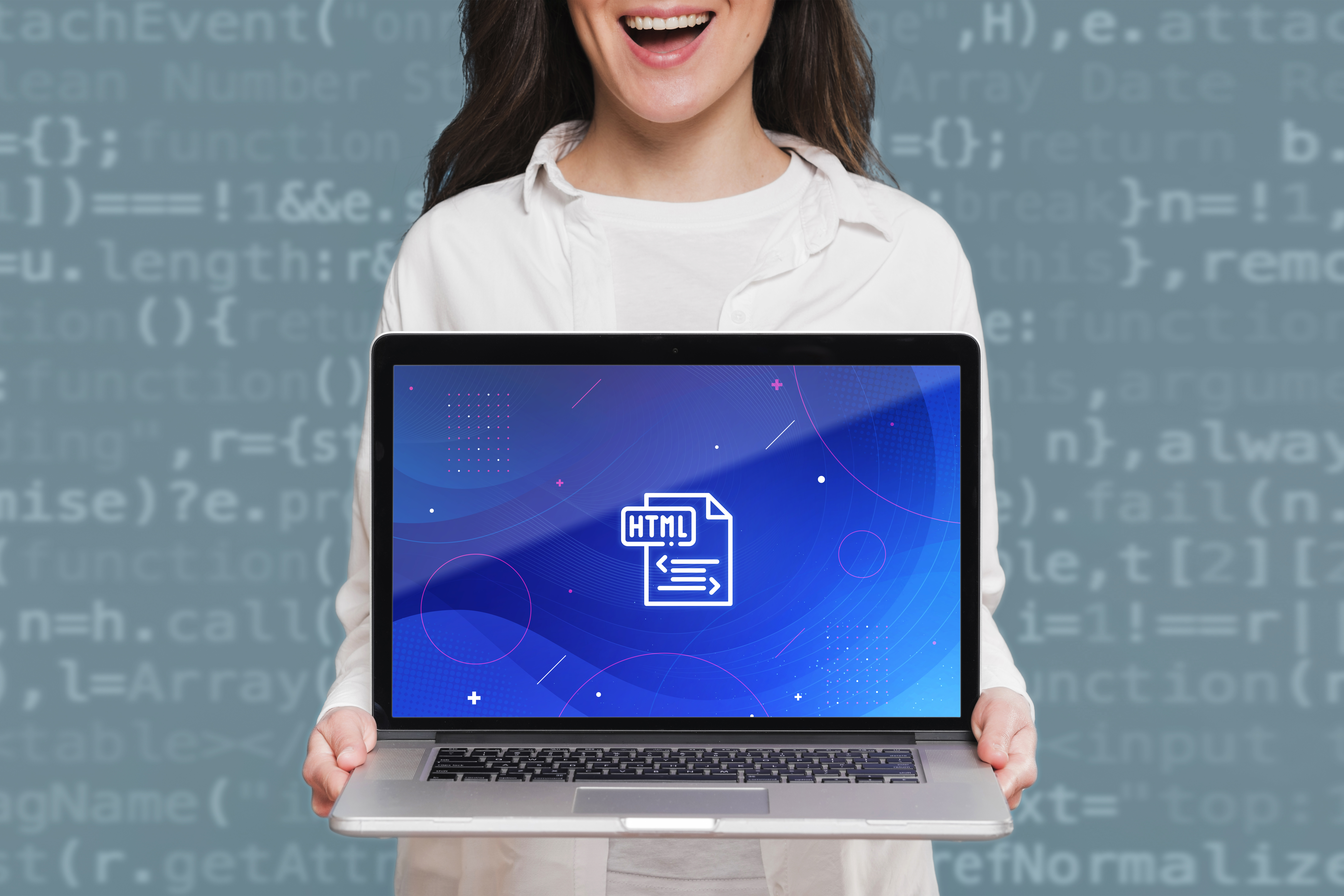Must-Have Python Libraries for Data Science in 2025

Strong 8k brings an ultra-HD IPTV experience to your living room and your pocket.
In the ever-evolving world of technology, data is the new oil—and Python remains the most popular tool to refine it. As we step into 2025, data science continues to be at the heart of innovation, and Python stands strong as its go-to language. Whether you’re a beginner in data science or a seasoned data analyst, knowing the right Python libraries can make your projects faster, more efficient, and more
insightful. In this article, we’ll explore the must-have Python libraries for data science in 2025, and how they help tackle real-world data challenges.
Why Python is the King of Data Science
Before diving into the libraries, let's understand why Python has maintained its dominance in the data science world:
Simplicity: Python’s syntax is clean, readable, and beginner-friendly.
Community Support: Millions of developers and contributors constantly improve its ecosystem.
Integration: Python easily integrates with databases, big data tools, machine learning platforms, and APIs.
Flexibility: It supports various programming paradigms—procedural, functional, and object-oriented.
With this foundation, let's explore the libraries that will shape data science workflows in 2025.
Python’s simplicity, flexibility, and vast ecosystem make it the top choice for data science and AI in 2025. From startups to enterprises, organizations rely on experienced Python development company to build scalable, data-driven solutions. With extensive support for data manipulation, machine learning, and deployment, Python continues to lead innovation across industries.
Top Python Libraries for Data Science in 2025
These Python libraries also play a vital role in modern product engineering processes. From rapid prototyping to scalable deployment, data science tools empower engineering teams to build robust digital products. Whether it's integrating machine learning into business applications or optimizing user experiences through analytics, Python libraries form the technical foundation for delivering innovative solutions.
1. Pandas – The Backbone of Data Analysis
Use Case: Data manipulation, cleaning, and analysis.
Pandas is often the first library data scientists turn to. It makes handling structured data simple and efficient. With powerful tools like DataFrames and Series, you can slice, filter, group, and aggregate data in just a few lines of code.
What’s new in 2025?
Pandas now supports faster performance with optional backends like PyArrow and enhanced I/O capabilities. It continues to evolve with better time-series handling and memory management.
2. NumPy – Powering Numerical Computation
Use Case: Numerical analysis and matrix operations.
NumPy (Numerical Python) forms the foundation for many other libraries like Pandas and TensorFlow. It enables high-performance mathematical operations on large arrays and matrices.
Why it’s essential:
Fast, vectorized operations
Broadcasting for efficient memory usage
Integrated with other scientific packages
3. Matplotlib & Seaborn – Visualizing Data Made Easy
Use Case: Creating plots, graphs, and charts.
Data visualization is crucial in data science to interpret insights clearly. Matplotlib is the oldest and most flexible plotting library, while Seaborn is built on top of Matplotlib and makes statistical plotting even easier.
Why use both?
Matplotlib gives full control over plot customization.
Seaborn simplifies complex visualizations like heatmaps, boxplots, and violin plots.
4. Scikit-learn – The Machine Learning Workhorse
Use Case: Classical machine learning algorithms (like regression, classification, clustering).
Scikit-learn offers a consistent and simple API for implementing models like decision trees, random forests, SVMs, and more. It’s perfect for beginners and professionals alike.
What’s new in 2025?
Improved model performance, better support for pipelines, and GPU acceleration in some modules make it more powerful than ever.
5. TensorFlow & PyTorch – Deep Learning Giants
Use Case: Neural networks, computer vision, NLP, and deep learning.
TensorFlow (by Google) and PyTorch (by Meta) are the top choices for building deep learning models.
TensorFlow shines when it comes to taking models from the lab to real-world applications, offering smooth integration with tools like TFLite and TensorFlow Serving to support everything from mobile deployment to large-scale production systems.
PyTorch is praised for its dynamic computation graph and is loved by researchers and academia.
In 2025, both libraries support better performance on mobile and edge devices, with expanded support for multi-modal AI (text, image, and audio together).
6. Statsmodels – Serious Statistical Analysis
Use Case: Statistical modeling and hypothesis testing.
While Scikit-learn focuses on machine learning, Statsmodels specializes in the statistical side—like linear regression, time-series analysis (ARIMA, SARIMA), and ANOVA tests.
Why it matters in 2025:
As organizations seek deeper insights beyond predictions, statistical validation becomes more crucial. Statsmodels is a great complement to machine learning workflows.
7. XGBoost & LightGBM – Boosted Performance for Tabular Data
Use Case: Gradient boosting for classification and regression.
When it comes to winning machine learning competitions or building accurate models for tabular data, XGBoost and LightGBM are unbeatable. They’re both:
Extremely fast and accurate
Capable of handling large datasets
Feature-rich (with support for early stopping, cross-validation, etc.)
In 2025, they remain the top choice for structured data problems in finance, healthcare, and marketing.
8. Polars – The Rising Star
Use Case: Lightning-fast data manipulation.
Polars is a new DataFrame library written in Rust and designed to outperform Pandas in both speed and memory usage. With multi-threaded execution, it handles large datasets faster—making it ideal for big data pipelines.
Why it’s trending in 2025:
Built for performance and scalability
Growing community and ecosystem
Easy migration from Pandas
Bonus Tools for 2025
In addition to the core libraries, here are some bonus tools that boost productivity:
Jupyter Notebooks
Interactive coding, visualization, and documentation in one place. Still the go-to environment for data exploration and experimentation.
Dask
Parallel computing with a Pandas-like API. Great for handling datasets that don’t fit in memory.
Plotly
For creating interactive dashboards and rich visualizations—ideal for presenting results to stakeholders.
How to Choose the Right Library
Not every library is right for every project. Here are a few tips to choose wisely:
Start with Pandas and Matplotlib for general data analysis.
Use Scikit-learn for machine learning with tabular data.
Go with TensorFlow or PyTorch for deep learning or AI-based applications.
Pick XGBoost or LightGBM when accuracy and performance are key.
Try Polars if your data is large and processing speed is a bottleneck.
Future Trends in Python Libraries
Here’s what the future of Python libraries looks like:
Performance-first libraries like Polars will gain traction.
AutoML integration will become standard (Scikit-learn is already adopting this).
Better cloud-native compatibility will support serverless and distributed workflows.
Low-code tools will wrap around Python libraries to simplify adoption.
Keeping an eye on these trends will help you stay competitive in your data science journey.
Conclusion
The Python ecosystem continues to evolve and expand, but certain libraries remain essential. In 2025, mastering libraries like Pandas, NumPy, Scikit-learn, and TensorFlow—alongside newer players like Polars—can drastically improve how you work with data.
Whether you're building machine learning models, running deep statistical tests, or visualizing complex datasets, these libraries are your toolkit for success. So, start exploring, experimenting, and upgrading your data science game!
Note: IndiBlogHub features both user-submitted and editorial content. We do not verify third-party contributions. Read our Disclaimer and Privacy Policyfor details.





